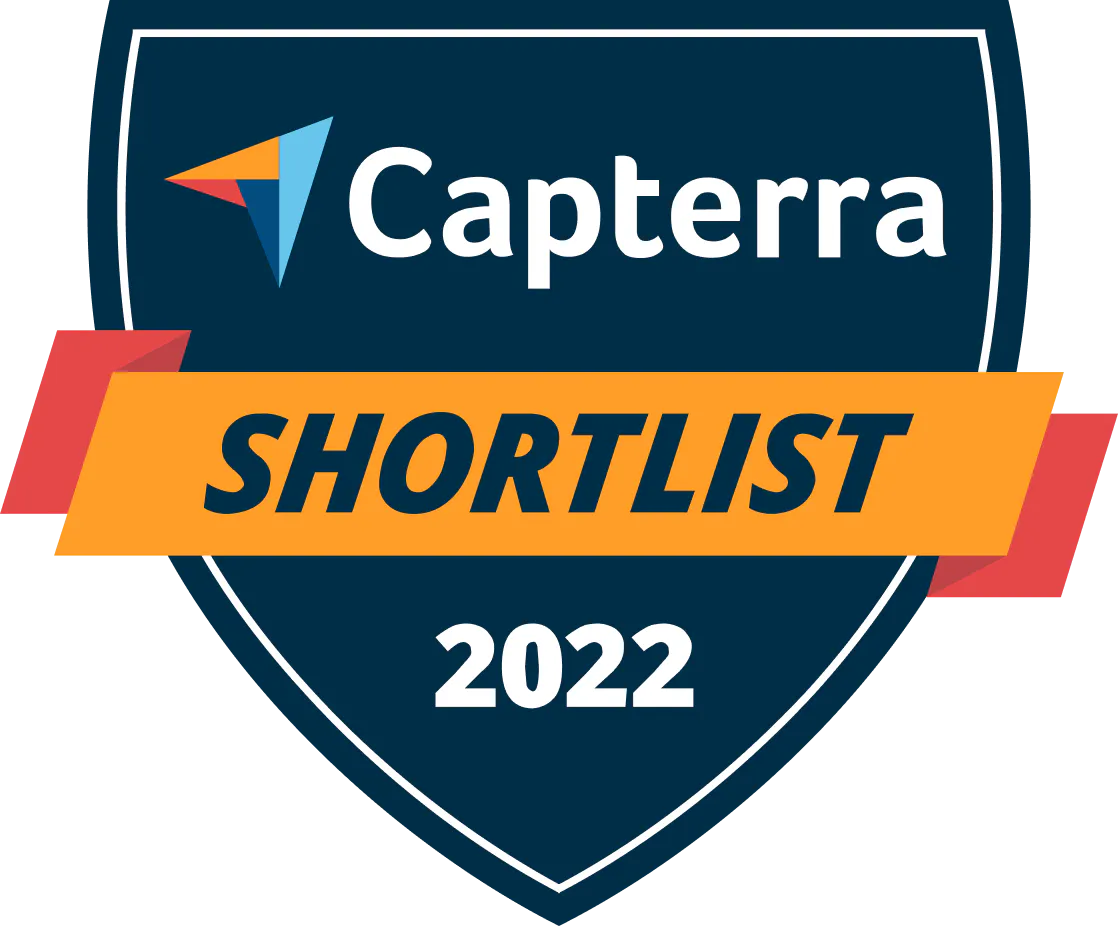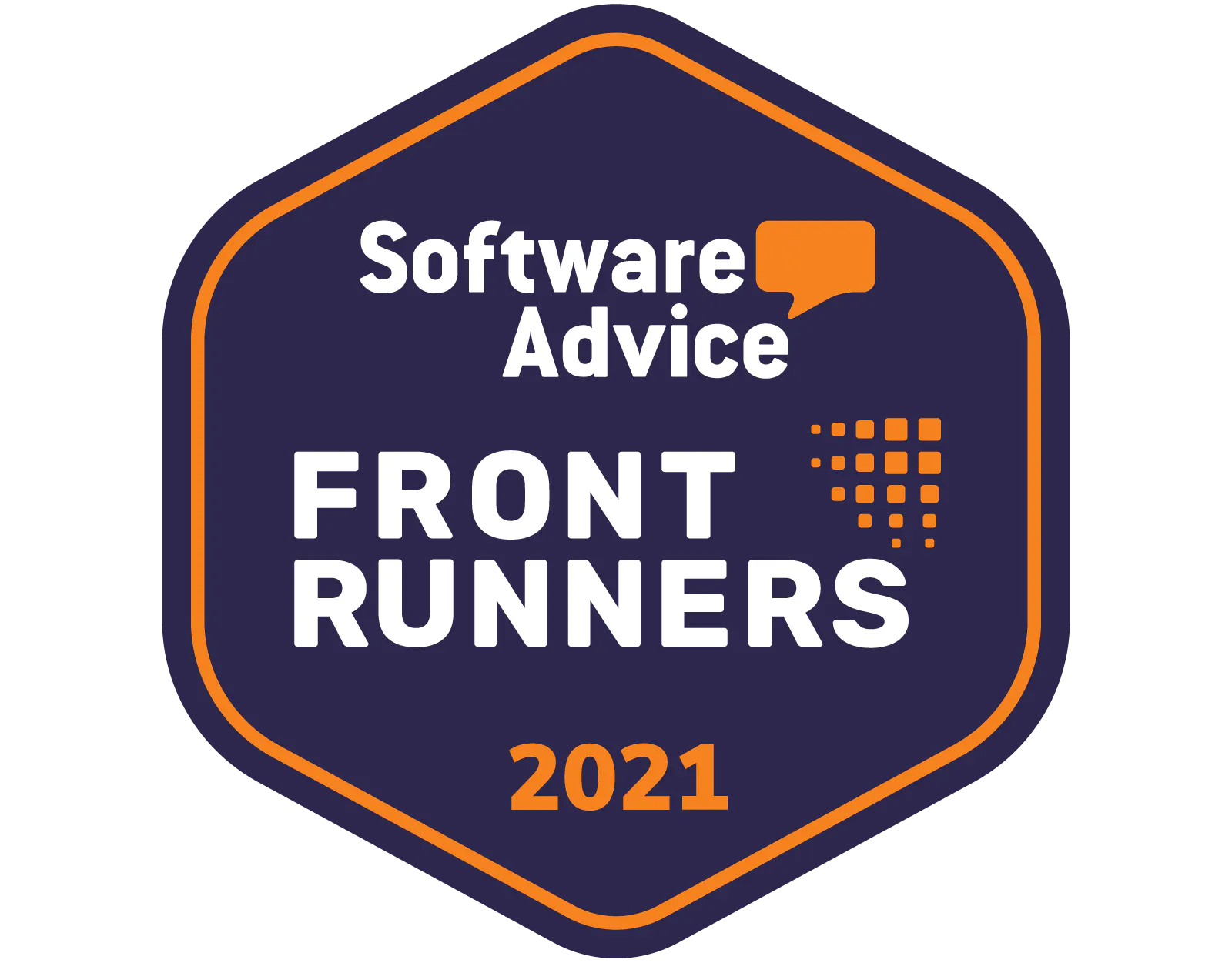How much should I budget for maintenance for my equipment?
You should budget approximately 2% to 5% of your total replacement asset value (RAV). This metric, known as %RAV, is calculated as a proportion of your facility's value and spending. %RAV is a guiding KPI that aids facility and maintenance managers. It helps determine when it is appropriate to spend money on maintenance, versus when it is time to buy a new asset all together.
Use Equipment Cost as Your Baseline
One of the less obvious facets of maintenance cost is equipment cost, which involves anything from spare parts and consumables to entirely new assets.
When we look at equipment cost, we're also looking into how much it costs to have these pieces of equipment serviced (whether that be by the facility maintenance team or by the equipment vendor). It also accounts for the lifespan of the asset, since maintenance costs will probably go up as the equipment gets older. Lifespan and equipment cost are therefore inverse functions, meaning the equipment budget within a maintenance budget constantly evolves.
Maintenance as a Percent of RAV

One way to quantify equipment cost is to look at maintenance cost (MC) versus the replacement asset value (RAV) of your equipment (expressed as a percentage, %RAV). Essentially, we are comparing how much it costs to make repairs, perform routine maintenance, and replace parts on an asset to how much it costs to replace the entire asset wholesale.
A %RAV between 2 and 5 percent allows maintenance planners to estimate the amount of money necessary for equipment maintenance because that amount of money shouldn't exceed the facility's %RAV.
Some important things to note:
- %RAV isn't a hard and fast rule for every industry. This means that some industries need to budget more money than others for their equipment because their equipment naturally costs more or requires more intensive maintenance. That's okay - just make sure you understand a world-class %RAV for your industry.
- It's possible to have a very low %RAV and still be inefficiently performing maintenance. For example, a low %RAV could be achieved by cutting all but one maintenance technician in a facility. This is obviously not a good solution. As such, tracking %RAV over time helps a facility understand how its maintenance costs need to change (and how much more or less money they need to allocate to equipment costs).
- It's also important to continually evaluate the lifespan of your equipment. %RAV should never be a static figure, which means your equipment costs can increase or decrease over time in a 20-year plan. Account for these things by understanding the specifics of your assets.
Want to keep reading?
How much stock of MRO parts should I hold in inventory?
Am I spending too much (or too little) on maintenance activities?
Equipment Maintenance - What Is Equipment Maintenance?
4,000+ COMPANIES RELY ON ASSET OPERATIONS MANAGEMENT
Leading the Way to a Better Future for Maintenance and Reliability
Your asset and equipment data doesn't belong in a silo. UpKeep makes it simple to see where everything stands, all in one place. That means less guesswork and more time to focus on what matters.


![[Review Badge] GetApp CMMS 2022 (Dark)](https://www.datocms-assets.com/38028/1673900459-get-app-logo-dark.png?auto=compress&fm=webp&w=347)
![[Review Badge] Gartner Peer Insights (Dark)](https://www.datocms-assets.com/38028/1673900494-gartner-logo-dark.png?auto=compress&fm=webp&w=336)
